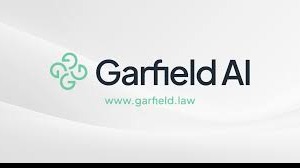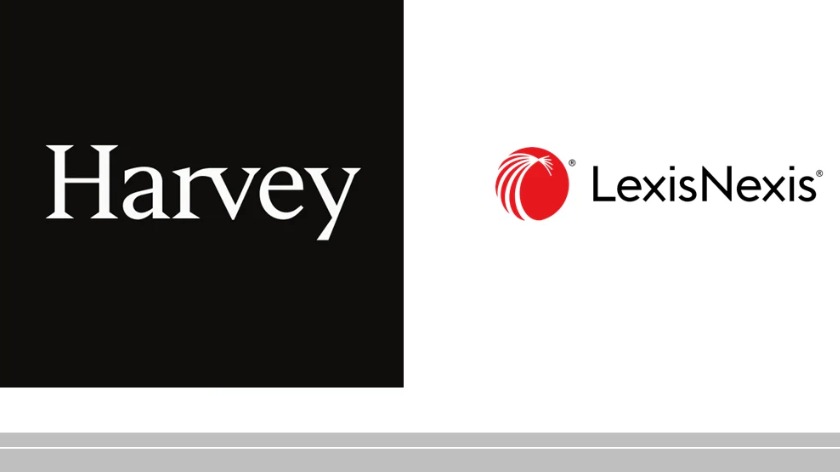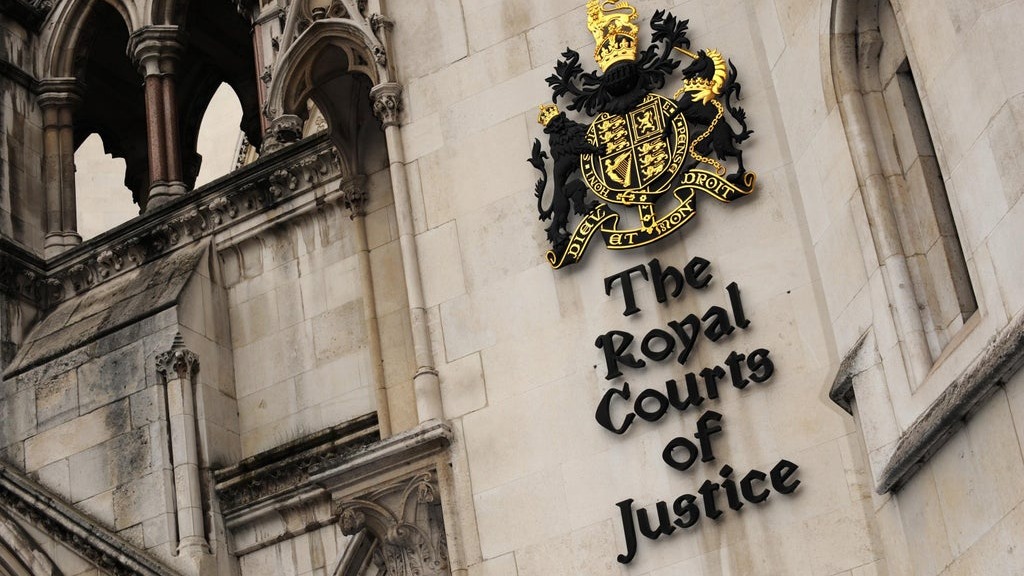In a groundbreaking development for the legal industry, the Solicitors Regulation Authority (SRA) has authorized Garfield.Law Ltd as the first law firm providing legal services through large language model artificial intelligence. This landmark approval, announced in May 2025, represents a significant milestone in the evolution of legal services and potentially signals a new era in how legal assistance is delivered and accessed.
The Emergence of AI in Legal Practice
Based in Tunbridge Wells, Kent, Garfield.Law specializes in helping businesses recover debts of up to £10,000 through the English and Welsh small claims court system. The firm offers an innovative approach to debt recovery with costs starting at just £2 for sending a "polite chaser" letter to debtors. This remarkably low entry point dramatically reduces the financial barrier for accessing legal services, particularly for small businesses struggling with unpaid invoices.
Paul Philip, SRA chief executive, highlighted the significance of this authorization: "The first regulatory approval of an AI-based law firm is a landmark moment for legal services in this country. With so many people and small businesses struggling to access legal services, we cannot afford to pull up the drawbridge on innovations that could have big public benefits". This statement underscores the potential of AI to address the persistent problem of access to justice, particularly for those with limited financial resources.
The Brains Behind the Innovation
Garfield.Law was co-founded by Philip Young, a former City lawyer, and Daniel Long, a technology specialist. The duo presented their innovative concept at the Civil Justice Council's national forum in November 2024, demonstrating how AI could streamline legal processes without compromising quality or regulatory compliance. Their vision has now materialized into a fully authorized legal practice that combines legal expertise with cutting-edge artificial intelligence.
How Garfield.Law Works
The firm employs a straightforward, technology-driven process to help clients recover debts. Users begin by simply uploading an invoice to the platform, which then extracts relevant information to build a case. Most clients won't need to provide additional information beyond this initial step, making the process remarkably user-friendly.
Once the case is initiated, Garfield's AI system handles all correspondence, generating appropriate letters for both the debtor and the Court. The platform guides users through a systematic process that includes:
- Initial assessment: Analyzing invoices, contracts, and correspondence to build a case
- Debtor solvency check: For company debtors, searching Companies House to determine if the debtor appears solvent
- Polite chaser: Optionally sending a gentle reminder requesting payment
- Letter Before Action: Generating a formal letter that complies with the Court's Civil Procedure Rules
- Court documentation: Drafting the Claim Form and Particulars of Claim, calculating interest according to relevant statutes or contracts
- Case progression: Handling subsequent steps based on the debtor's response, whether that involves seeking Default Judgment, dealing with Admissions, or preparing for trial
Regulatory Safeguards and Human Oversight
A key concern with AI-driven legal services is ensuring appropriate safeguards and maintaining professional standards. Before authorizing Garfield.Law, the SRA engaged extensively with the owners to verify that its regulatory rules could be met by an AI service. This included confirming that processes are in place to quality-check work, maintain client confidentiality, and prevent conflicts of interest.
Importantly, the SRA emphasized that Garfield is not an autonomous system-it will only take steps with explicit client approval, and named regulated solicitors remain ultimately accountable for maintaining professional standards. The regulator also specifically addressed the risk of "AI hallucinations" (where AI generates convincing but false information), noting that the system will not propose relevant case law, which is considered a high-risk area for large language model applications.
Implications for the Legal Industry
The authorization of Garfield.Law represents more than just the approval of a single firm-it potentially opens the door to a new category of legal service providers. Philip acknowledged this likelihood, stating, "As this is likely to be the first of many AI-driven law firms, we will be monitoring progress of this new model closely, so we can both manage the risks and realise the benefits to consumers".
The implications are significant. By dramatically reducing costs and simplifying processes, AI-driven legal services could help address the well-documented "justice gap" - where many individuals and small businesses cannot afford traditional legal assistance but don't qualify for legal aid. Garfield's model demonstrates how technology can make certain types of legal services accessible to those previously priced out of the market.
Speed and Efficiency
One of the most compelling aspects of Garfield.Law's approach is the promise of rapid resolution. The platform is designed to help users recover debts "as swiftly as possible". It continually monitors for settlement offers from debtors and notifies clients immediately when offers are made, facilitating quick resolution through settlement. If settlement isn't possible, the system guides users through the court process step by step to secure payment.
Challenges and Limitations
Despite the promise of AI-driven legal services, there are notable limitations. The SRA specifically mentioned that Garfield's system will not propose relevant case law due to the high risk of error in this area. This illustrates a crucial point: AI-driven legal services are currently most appropriate for routine, process-driven legal work rather than complex legal analysis or argumentation.
Additionally, the regulatory approach emphasizes human oversight and accountability. While AI handles much of the process, regulated solicitors remain responsible for the work. This "hybrid" model of AI assistance with human oversight and responsibility may represent the most viable approach for the foreseeable future.



